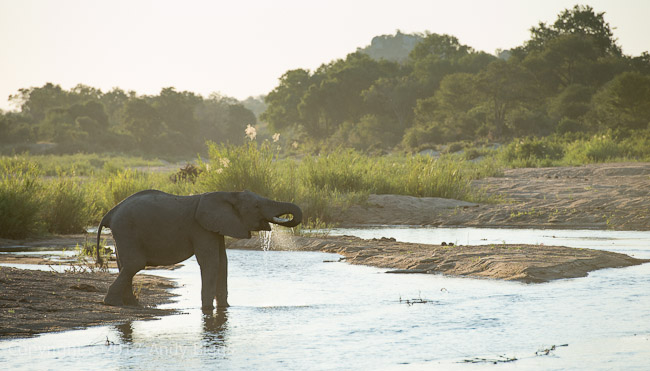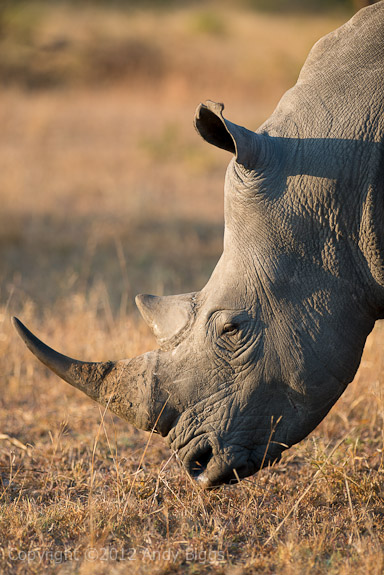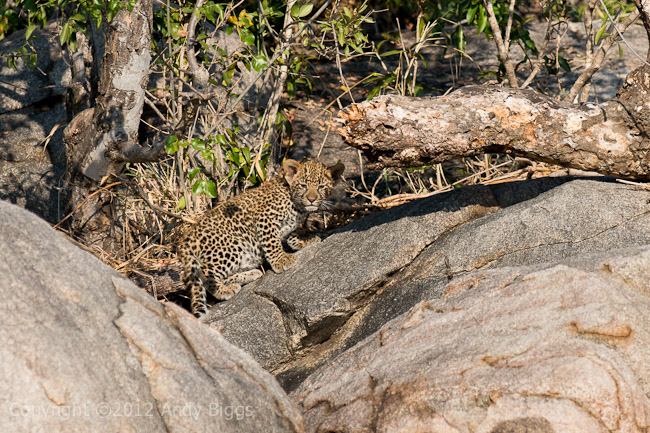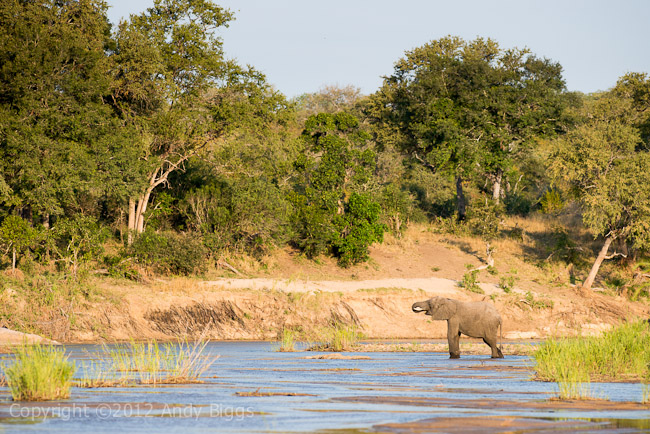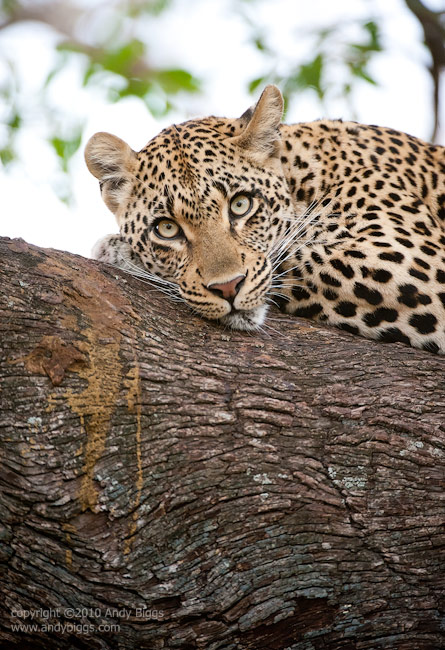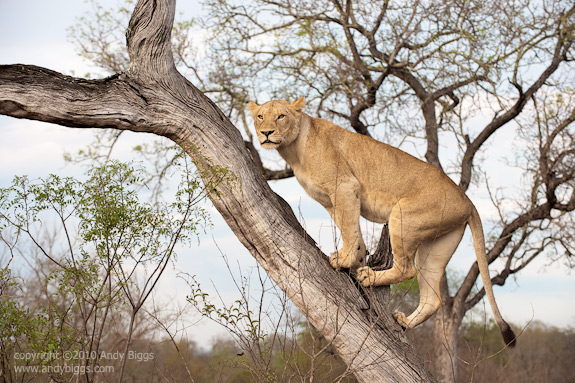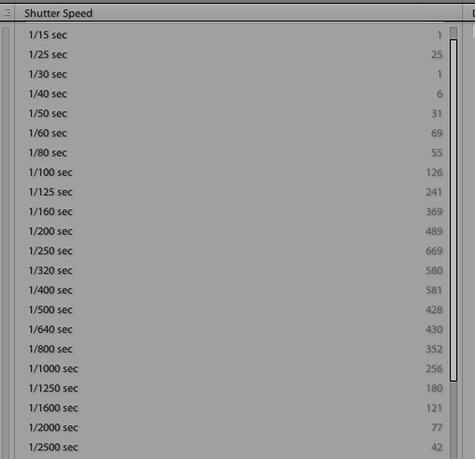Sabi Sands Safari Report - Day 4
 Wednesday, June 6, 2012 at 05:08AM
Wednesday, June 6, 2012 at 05:08AM Today was the last day of my pre-safari at Mala Mala, and we did things a little differently than the past few days. We wanted as much as possible to see the wild dogs at the den, so we knew we wouldn’t benefit by arriving first thing in the morning with the cold temperatures. We had our bags packed before sunrise, we ate breakfast and then we headed out for the long drive down to Charleston and the southern end of the reserve. This allowed the dogs to hopefully wake up and let the air warm up a bit before coming out. We had to transfer to Singita at 10am, so we only had about 30 minutes total at the den when we arrived there. I am glad that we planned the morning this way, because we had yet another chance to see these magnificent predators one last time. When we arrived we had either 5 or 6 adult dogs running around the vehicle, and it was difficult for me to count just how many unique individuals we had amongst us due to the dense brush. We head some fascinating vocalizations and when things died down we had to rush back to check out and head over to Singita.
I always have a great time at Mala Mala, and this short stay was no exception. I will be leading a private safari group to Mala Mala in 2013, and it might be on my public safari schedule as well. I am not sure, as my 2013 safaris aren’t set in stone yet.
At 10am we grabbed a vehicle and drove an hour west to Singita Castleton, where I will be spending the next 16 nights. Castleton is a small and comfortable camp in the Singita area of the Sabi Sands. Castleton has only 6 bedrooms and can accommodate up to 12 people, and that is the maximum. I like to take sole use of camps when I can, because this allows me and my safari groups to have flexible dining schedules based on what we are seeing out on game drives. If we are 2 hours late for lunch nobody will care. I love that kind of care-free feeling that my game drives are not based on set dining schedules. Wildlife photography comes first, and it’s not like we are going to starve if we adjust our dining schedule around a little bit.
We arrived at camp about 30 minutes before the bulk of my travelers arrived at the airstrip, so I had time to throw my bags into my room and book it to the airstrip. I chartered a Beech 1900 private airplane to bring in the rest of the safari group, which allowed for an extreme amount of weight allowance per person. The typical allowance is 44 pounds in southern Africa, which would include everything inclusive of camera equipment. Heck, my camera bags (A Gura Gear Kiboko and a Gura Gear Chobe) weigh close to that amount without even into my duffel bag with my clothing.
We said hello to everybody as they exited the plane, had cold water and wet towels for people to freshen up with, and we took off for Castleton. Everybody got settled in, had a nice lunch out in the garden and took off around 3pm for our afternoon game drive. The first game drive on any safari typically involves short distances, as we don’t want to miss all of the things that are new to people if it is their first time on safari. Zebras, rhino, giraffe, elephant, kudu, impala, countless bird species and wildebeest were on tap for the afternoon, followed by a stop for sundowner cocktails after the sun had set.

El Grupo
Nikon D4, 70-200mm f/2.8 VRII, 1/400 @ f/8, ISO 400
Camera bags on this safari are sponsored by Gura Gear, which I started in 2008. Check us out. We make the best camera bags on the planet.
Some of the gear on this safari has been provided by Borrowlenses.com. I rely on borrowlenses.com for both my own needs as well as my safari travelers’ needs. When we need big lenses, cameras or anything else photographic, we turn to borrowlenses.com to help out. They are the best resource in the industry for traveling photographers.
 Mala Mala,
Mala Mala,  Photography,
Photography,  Report,
Report,  Sabi Sands,
Sabi Sands,  Singita,
Singita,  South Africa,
South Africa,  Workshop,
Workshop,  safari in
safari in  Safari Reports
Safari Reports 





